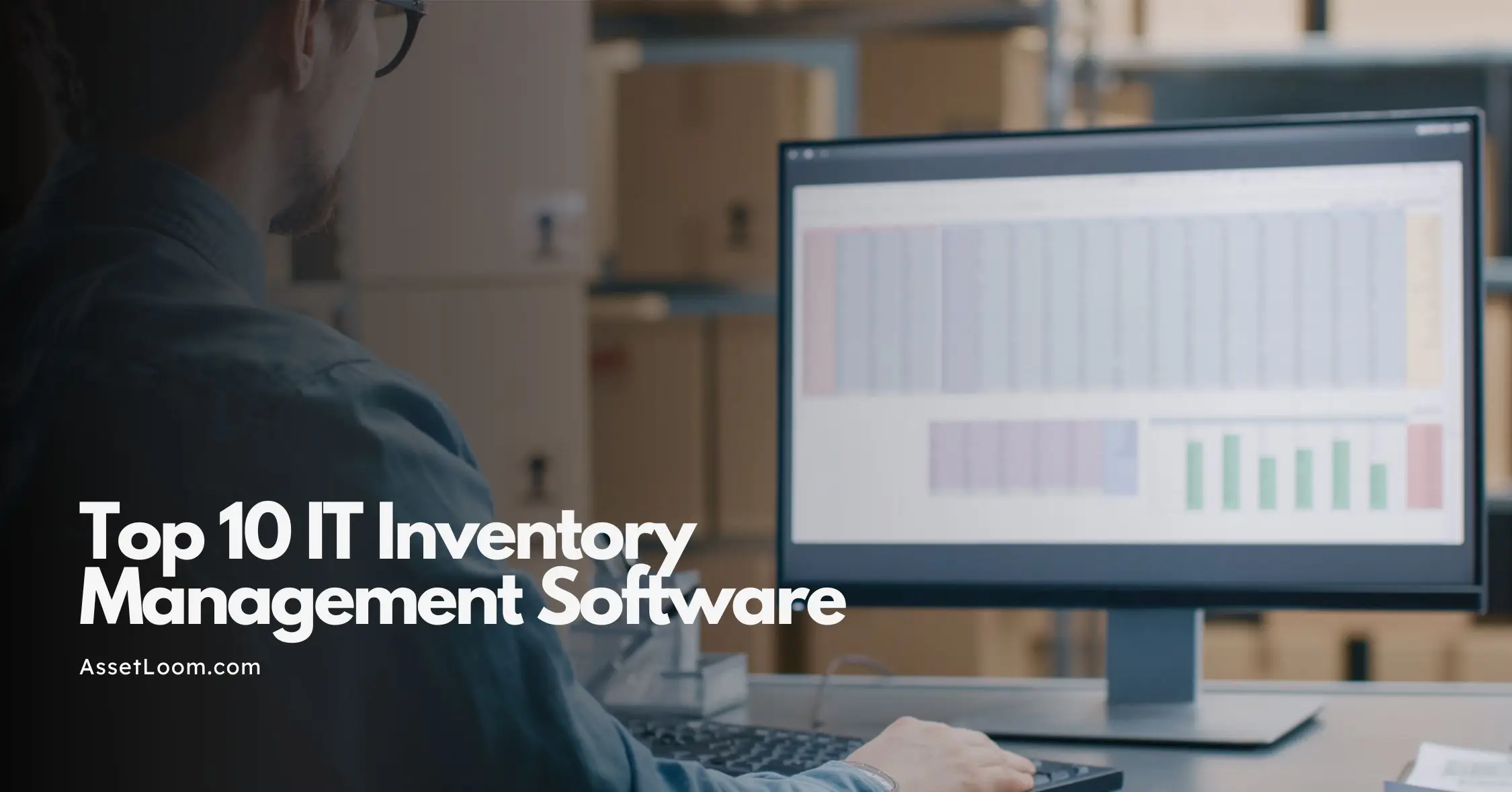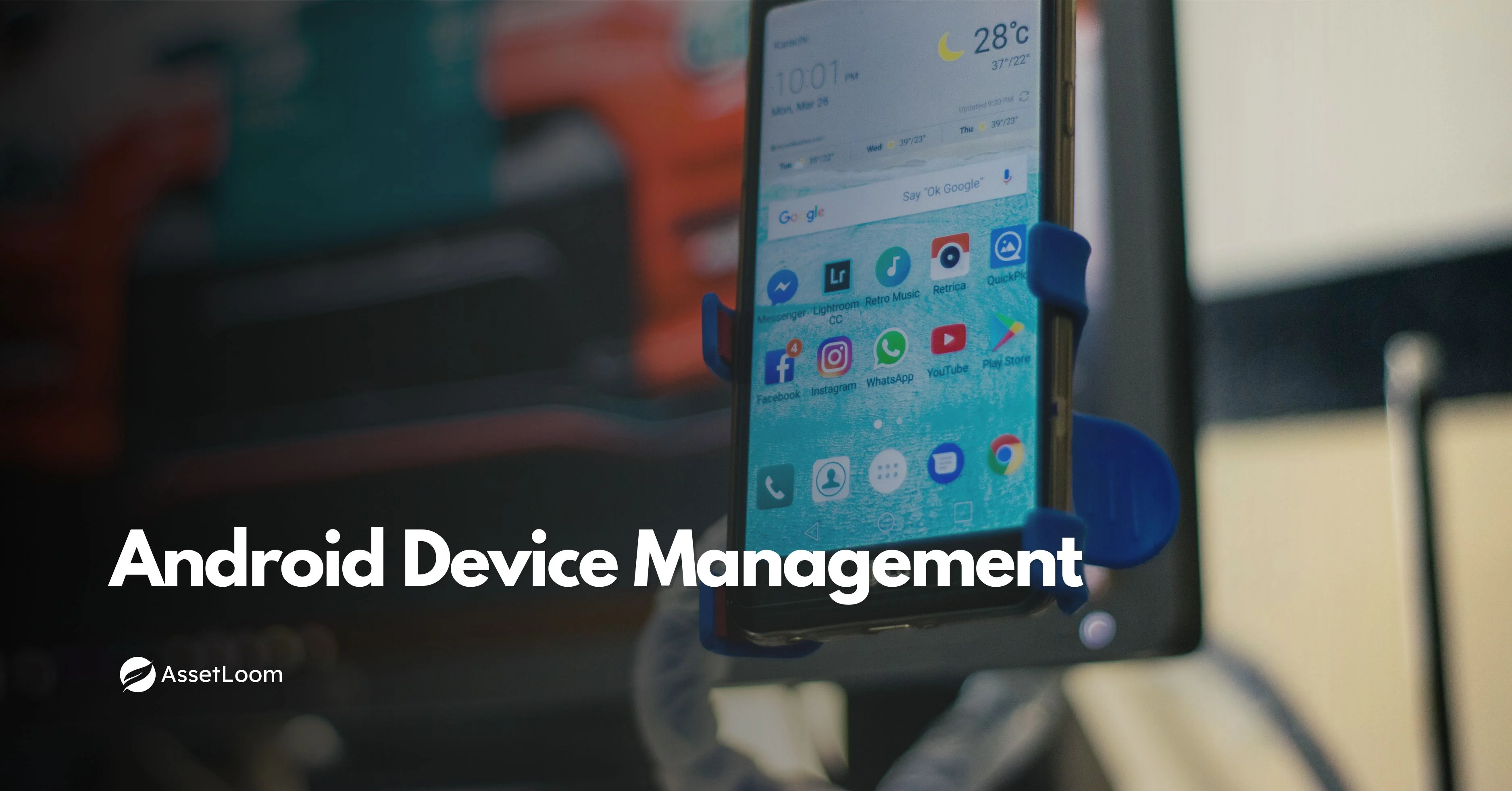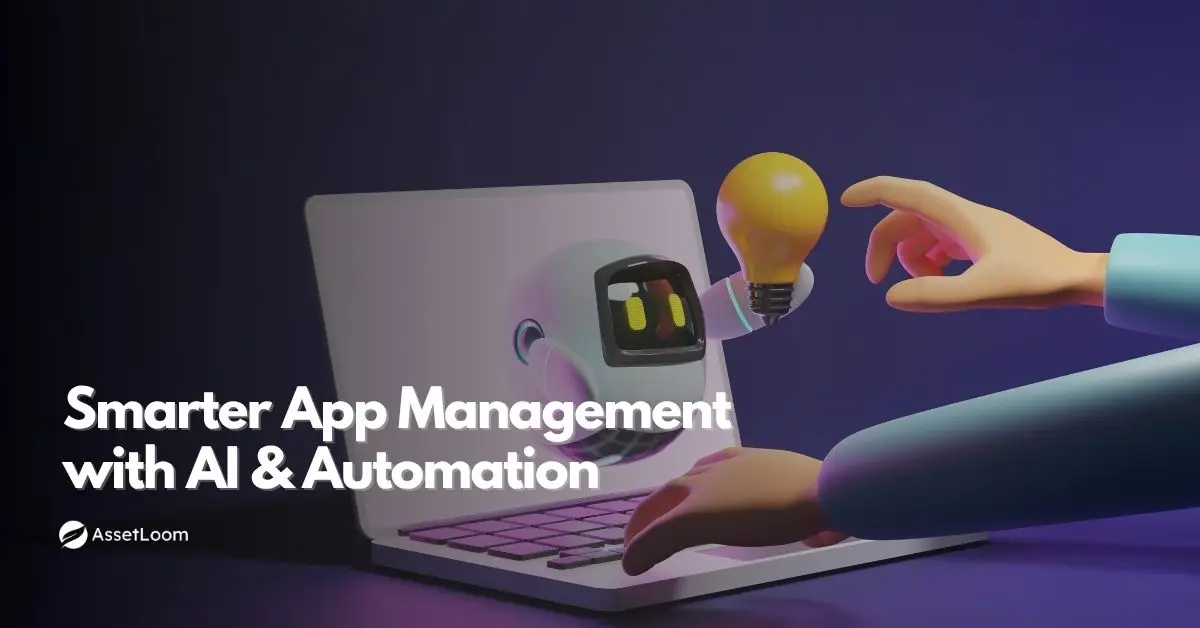SAM Teams vs. Software Sprawl: Who’s Winning in 2025?
Software Asset Management teams are redefining how companies control software sprawl in 2025 with smarter tools, stronger collaboration, and strategic action
Software Asset Management (SAM) teams have become one of the most important players in the IT landscape. Once focused mainly on license tracking and compliance, their role has evolved into something far more strategic. They are now expected to help reduce costs, manage risk, and give businesses better control over their software environments.
But in 2025, that’s easier said than done.
As organizations adopt more cloud-based tools, remote work software, and AI-powered platforms, the number of applications in use has exploded. Teams are buying their own tools, signing up for free trials, and managing licenses outside of IT. This uncontrolled growth, often called software sprawl, creates serious challenges for even the most experienced SAM teams.
They’re facing more tools, more data, and more complexity than ever before. The pressure is on to make sense of it all, uncover savings, and keep everything compliant.
So the question is clear. Can SAM teams still stay in control, or is software sprawl getting too big to manage?
What’s Fueling Software Sprawl in 2025
Software sprawl doesn’t happen overnight. It builds up slowly as teams try to move faster, adopt new tools, and solve problems on their own. In 2025, the pace of digital change has only made this more intense.
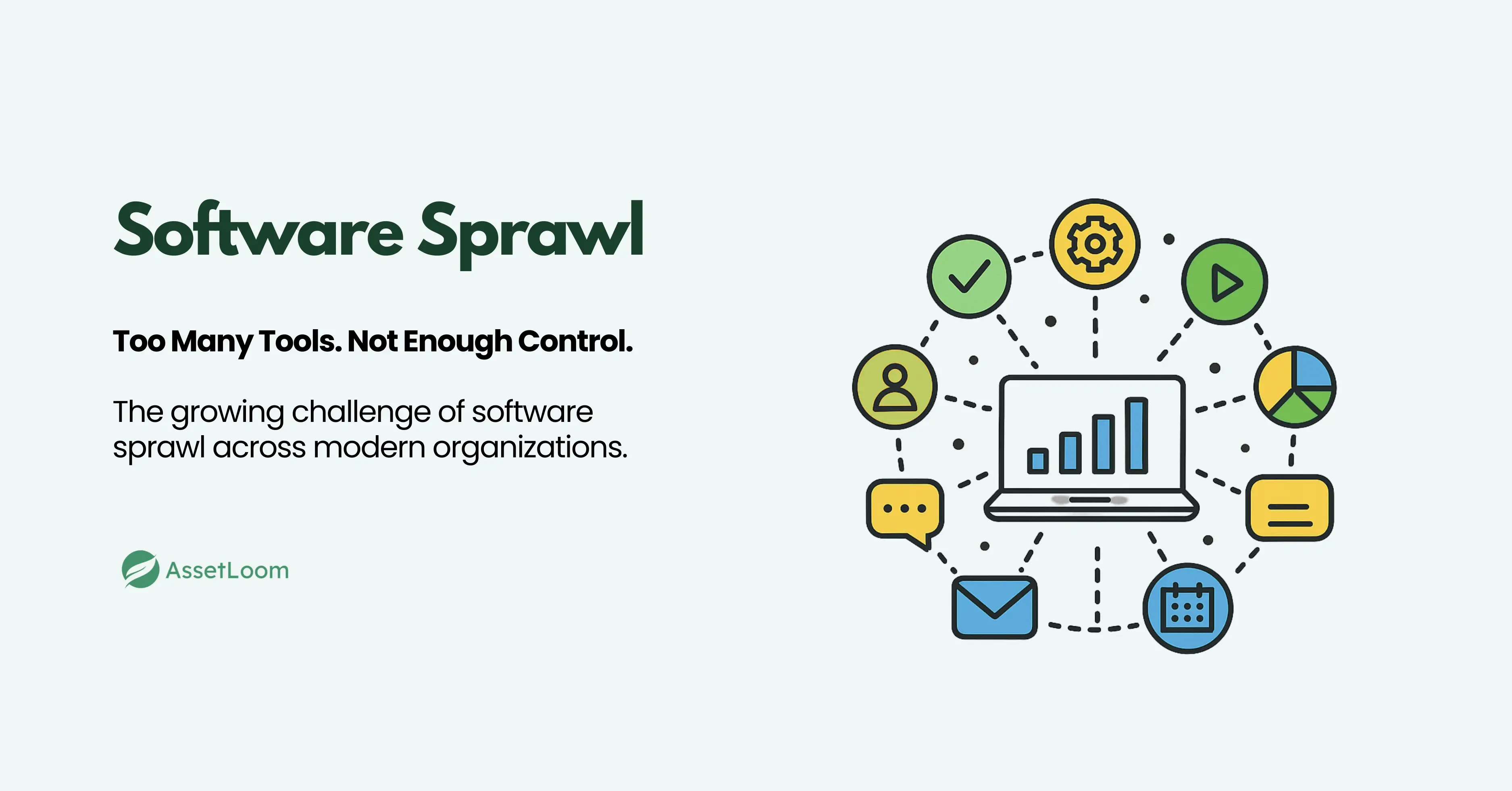
Cloud-based apps are now the default, making it easier than ever for departments to sign up for software without involving IT. Many of these tools are pay-as-you-go or offer free trials, which means they often fly under the radar. It’s not unusual for different teams to use separate tools that do almost the same thing, just because it was easier to get started that way.
Remote and hybrid work models also play a big part. With teams spread across locations and time zones, people are picking the software that works best for them. That flexibility can be a strength, but it also adds complexity. Without a clear view of what’s being used, how often, and by whom, organizations end up spending more than they need to and sometimes losing track of what they’re even paying for.
AI-powered platforms are also entering the mix, bringing new categories of tools into the business. These platforms often integrate with existing apps or spin up multiple services behind the scenes, making it harder to track what’s running in the background.
The end result is a software environment that keeps growing in size and complexity. And for SAM teams, that means more systems to manage, more usage data to analyze, and more pressure to clean up the mess.
The Evolving Role of the SAM Team
Software Asset Management teams used to focus mostly on compliance. Their main job was to keep track of licenses, avoid fines, and stay ready for vendor audits. While that’s still important, the role of the SAM team in 2025 has grown far beyond just tracking spreadsheets and renewal dates.
Now, SAM teams are expected to bring real business value. That means helping reduce software waste, finding cost-saving opportunities, and making sure the tools in use actually support business goals. They’re working closely with finance, procurement, security, and department heads to create a bigger picture of how software fits into the company’s overall strategy.
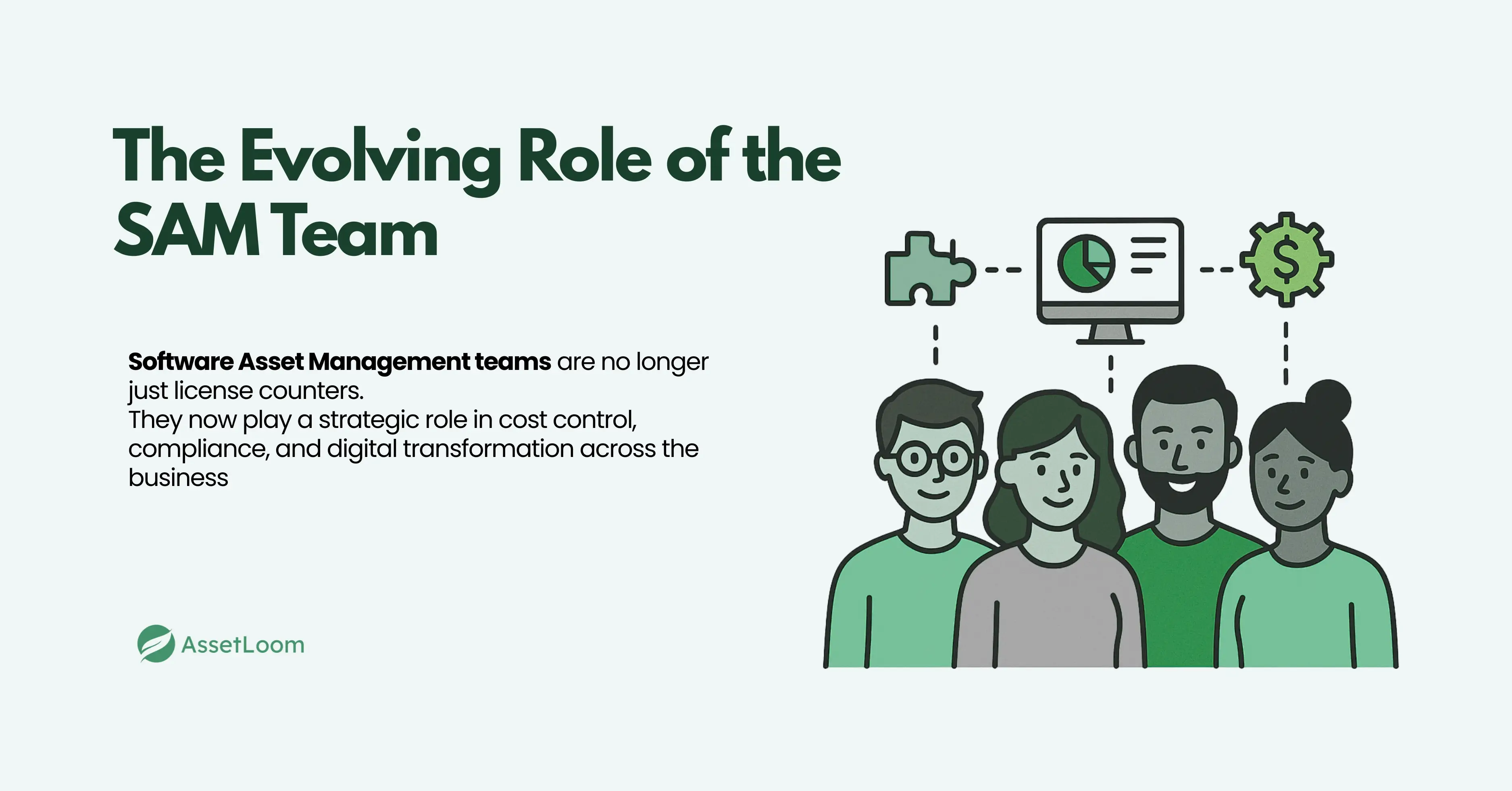
With software sprawl on the rise, SAM teams are also acting more like detectives. They’re uncovering shadow IT, spotting unused licenses, and identifying overlapping tools that could be consolidated. It’s not just about knowing what software exists; it’s about knowing how it’s being used, whether it’s needed, and whether there’s a better option available.
The tools they use have evolved, too. Modern SAM platforms offer real-time insights, automated discovery, and integration with cloud environments. That kind of visibility is critical in a world where new apps can be installed in seconds, and software usage can shift overnight.
In many companies, SAM is no longer just an operational function. It’s becoming a strategic one, helping guide decisions about what to buy, what to renew, and where to cut back. And the more software sprawl grows, the more valuable a strong SAM team becomes.
Read also: Top Trends in Software Asset Management Software for 2025
Real Challenges SAM Teams Face
Limited Visibility Across the Organization
One of the biggest hurdles for SAM teams is simply not knowing what’s out there. As more departments adopt their own tools, it becomes harder to maintain a clear view of all active software. Tools are added quietly, sometimes without any formal process, and software that’s no longer used often goes unnoticed. Without visibility, software asset management becomes guesswork.
The Growth of Shadow IT
Tools Without Oversight
Shadow IT refers to software that teams or individuals start using without involving IT or SAM. It often starts with good intentions—someone needs to solve a problem quickly—but it introduces risk. These tools may bypass security standards, lead to duplicated functionality, or create compliance gaps that no one notices until there’s a problem.
Complex and Changing Licensing Models
Software vendors are moving fast. Subscription pricing, usage-based models, bundled features, and evolving contract terms all make licensing more difficult to manage. SAM teams must keep track of who’s using what, whether the usage aligns with the license terms, and how much it's costing the business, month after month.
High Expectations From Every Direction
Pressure to Save Money and Avoid Risk
SAM teams are in a tight spot. Leaders want savings. Procurement wants better deals. Security wants full visibility. And finance wants control over software costs. The SAM team is expected to meet all these demands while keeping up with a fast-moving, ever-expanding software environment.
Who’s Winning? (And Why It’s Not So Simple)
It’s Not Just About the Tools
There's no single winner in the battle between SAM teams and software sprawl. Some organizations are making real progress by cutting costs and gaining control over their software environments. Others are still overwhelmed by unused licenses, hidden subscriptions, and overlapping tools. The difference often comes down to more than just the software being used. It’s about how the SAM team operates, how connected they are with other departments, and how much support they receive from leadership.
The Companies Getting It Right
Organizations managing software sprawl well usually have a few things in common. Their SAM teams have access to modern platforms with real-time data and automation features. More importantly, they work closely with teams like finance, procurement, and IT security. Everyone understands the value of software visibility and works together to stay aligned on budgets, usage, and risk.
These SAM teams take a proactive approach. They regularly check software usage, clean up unused licenses, and help set policies that control how new tools are introduced into the business.
Where Many Still Struggle
In contrast, some SAM teams are left using outdated tools or working in isolation. They often don’t know what software is being used until there’s already a problem. Without the ability to see across departments or influence purchasing decisions, they spend more time reacting than planning.
For these teams, the real challenge is not just about software sprawl. It’s about limited visibility, lack of communication, and not having a clear role in the decision-making process.
The Bottom Line
Completely eliminating software sprawl may not be realistic. But managing it in a smarter, more strategic way is. Organizations that support their SAM teams, invest in better tools, and build strong collaboration across departments are the ones gaining the upper hand in 2025.
SAM Teams: What Winning Looks Like vs. Where It Falls Apart
SAM Teams: What Winning Looks Like vs. Where It Falls Apart
| High-Performing SAM Teams | Underperforming SAM Teams |
|---|---|
| Treated as a strategic partner in IT planning | Seen only as a compliance or cost-control function |
| Included early in software purchase decisions | Brought in after decisions are made |
| Backed by executive sponsorship and budget | Operate with limited resources and visibility |
| Leverage real-time data for decisions | Depend on outdated or incomplete data |
| Drive cross-functional collaboration | Struggle to connect with other departments |
| Focus on long-term optimization | Focus on short-term fixes or damage control |
| Help shape software policy and standards | Have little influence over company-wide practices |
Read Also: Software Asset Management Lifecycle Explained
Winning Strategies for 2025 SAM Teams
Success in Software Asset Management doesn't come from just working harder. It comes from being intentional, using the right tools, and building the right relationships across the organization. The SAM teams that are winning in 2025 are putting these strategies into practice with clear, real-world results.
Automate Where It Matters
Trying to track software usage in spreadsheets is no longer enough. Leading SAM teams are using platforms that automatically scan networks, cloud environments, and employee devices to detect installed or active software. For example, a global retail company recently automated its discovery process and uncovered 150 unused apps, saving over $400,000 in license renewals.
Automation helps SAM teams spot underused licenses, track renewals, and get real-time alerts when new software is installed. This kind of visibility saves time and reduces errors that can happen with manual tracking.
Collaborate Across Departments
SAM is most effective when it’s not just owned by IT. Teams that involve finance, procurement, security, and department leads build better alignment. A good example is a healthcare provider that formed a cross-functional software review group. Together, they reviewed overlapping tools and consolidated them into fewer, more robust platforms. This improved performance and cut their software costs by 18 percent.
When SAM teams open up the conversation, they gain context about how tools are being used, where they’re needed, and where they’re not. That shared understanding leads to smarter software decisions.
Get Involved Early
Many software issues could be avoided if SAM teams were involved before the purchase. One SaaS-heavy marketing firm started including their SAM lead in all procurement meetings. The result? They avoided buying duplicate tools and negotiated better pricing based on actual usage needs rather than guesswork.
When SAM teams help evaluate tools early, they can ensure compatibility, flag hidden costs, and align purchases with long-term strategy. This helps prevent waste and keeps tools manageable.
Keep Software Portfolios Lean
A smaller, more focused software stack is easier to manage and support. Winning SAM teams regularly review the entire portfolio and ask tough questions. Do we still use this? Are two departments using different tools for the same task? Can we renegotiate or retire any of these?
A great example comes from a financial services company that ran a 90-day software audit challenge. They discovered five tools doing the same thing across different teams. After consolidating, they reduced spend by 30 percent and improved training consistency company-wide.
Report on Impact, Not Just Inventory
Leadership cares about results, not just lists. Successful SAM teams go beyond counting licenses. They report savings, show where waste was eliminated, and highlight how their work reduces compliance risks.
For instance, a tech startup recently started sharing monthly dashboards that included reclaimed licenses, avoided penalties, and cost avoidance projections. As a result, their SAM team gained stronger buy-in from leadership and secured budget for additional tools and headcount.
Conclusion
Software sprawl is not going away anytime soon. In fact, with the continued rise of SaaS, AI-powered platforms, and decentralized purchasing, it is only becoming more complex. But that does not mean it is unmanageable.
SAM teams in 2025 have a bigger role than ever. They are not just tracking licenses. They are helping build smarter, leaner, and more cost-effective software environments. The teams that are making real progress are proactive, well-supported, and connected to the broader goals of the business.
The difference comes down to visibility, collaboration, and action. Companies that see Software Asset Management as a strategic function, rather than a checklist item, are already seeing better outcomes.
So here is the big question for your organization: Is your SAM team just keeping up, or are they leading the charge?

Related Blogs
Subscribe for Expert Tips and Updates
Receive the latest news from AssetLoom, right in your inbox.
